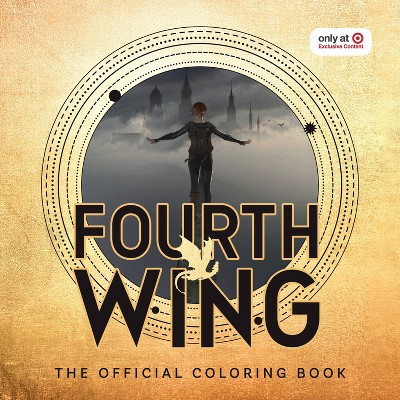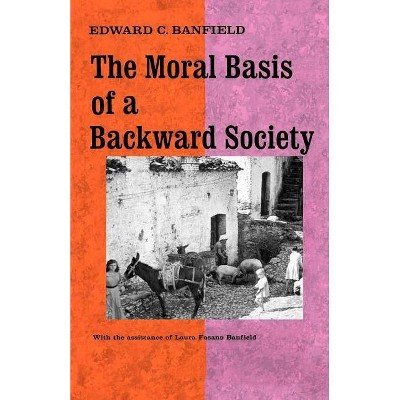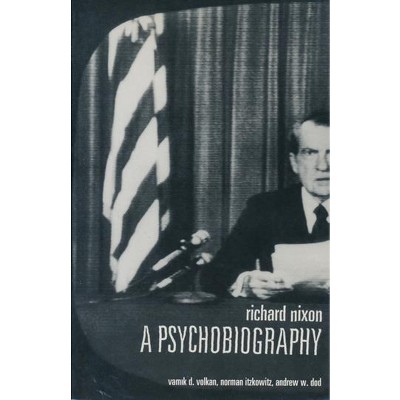Marxism and the Moral Basis of Art - by Norman Arthur Fischer (Hardcover)

About this item
Highlights
- This book develops a moral Marxist aesthetics based on the work of Georg Lukács, Lucien Goldmann and Herbert Marcuse, and grounded in the aesthetic theories of German Idealist philosophers such as Hegel and Schiller.
- About the Author: Norman Arthur Fischer was Professor of Philosophy from Kent State University until his retirement.
- 284 Pages
- Philosophy, Political
Description
Book Synopsis
This book develops a moral Marxist aesthetics based on the work of Georg Lukács, Lucien Goldmann and Herbert Marcuse, and grounded in the aesthetic theories of German Idealist philosophers such as Hegel and Schiller. This moral-aesthetics takes three forms. The first is social and historical realism, as in Lukács and Goldmann. This is an aesthetics which fundamentally places the work of art within reality, particularly social and historical reality. The second aesthetics is utopian negation theory, and the third is formalism. The book pays special attention to Lukács' concept of realistic historical novels, which he develops through the analysis of historical novels by Walter Scott, Honore de Balzac and Heinrich Mann. This theory of aesthetic realism is, as the book argues, grounded in Lukács' reading of Hegel. The book concludes by offering fresh interpretations of the moral basis of Goldmann's romantic realism in The Hidden God, and Marcuse's emphasis on art as form and utopian negation of reality in The Aesthetic Dimension.
From the Back Cover
This book develops a moral Marxist aesthetics based on the work of Georg Lukács, Lucien Goldmann and Herbert Marcuse, and grounded in the aesthetic theories of German Idealist philosophers such as Hegel and Schiller. This moral-aesthetics takes three forms. The first is social and historical realism, as in Lukács and Goldmann. This is an aesthetics which fundamentally places the work of art within reality, particularly social and historical reality. The second aesthetics is utopian negation theory, and the third is formalism. The book pays special attention to Lukács' concept of realistic historical novels, which he develops through the analysis of historical novels by Walter Scott, Honore de Balzac and Heinrich Mann. This theory of aesthetic realism is, as the book argues, grounded in Lukács' reading of Hegel. The book concludes by offering fresh interpretations of the moral basis of Goldmann's romantic realism in The Hidden God, and Marcuse's emphasis on art as form and utopiannegation of reality in The Aesthetic Dimension.
Norman Arthur Fischer was Professor of Philosophy from Kent State University until his retirement. Since then, he has been active as a public philosopher in his local community in Vermont.
About the Author
Norman Arthur Fischer was Professor of Philosophy from Kent State University until his retirement. Since then, he has been active as a public philosopher in his local community in Vermont.
Shipping details
Return details
Trending Poetry











